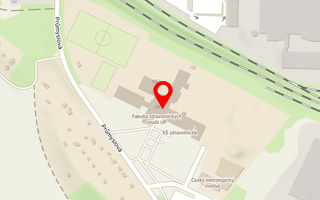Publikace detail
Complications of Laparoscopic Procedures
Autoři:
Sákra Lukáš | Šiller Jiří | Motyčka Vladimír | Havlíček Karel
Rok: 2005
Druh publikace: ostatní - přednáška nebo poster
Název zdroje: Sborník 2nd Euroamerican Multispeciality Congress
Název nakladatele: SLS organisation
Místo vydání:
Strana od-do:
